A Family's Struggle, A Nation's Hope
USAID is committed to making HIV Treatment Available for all
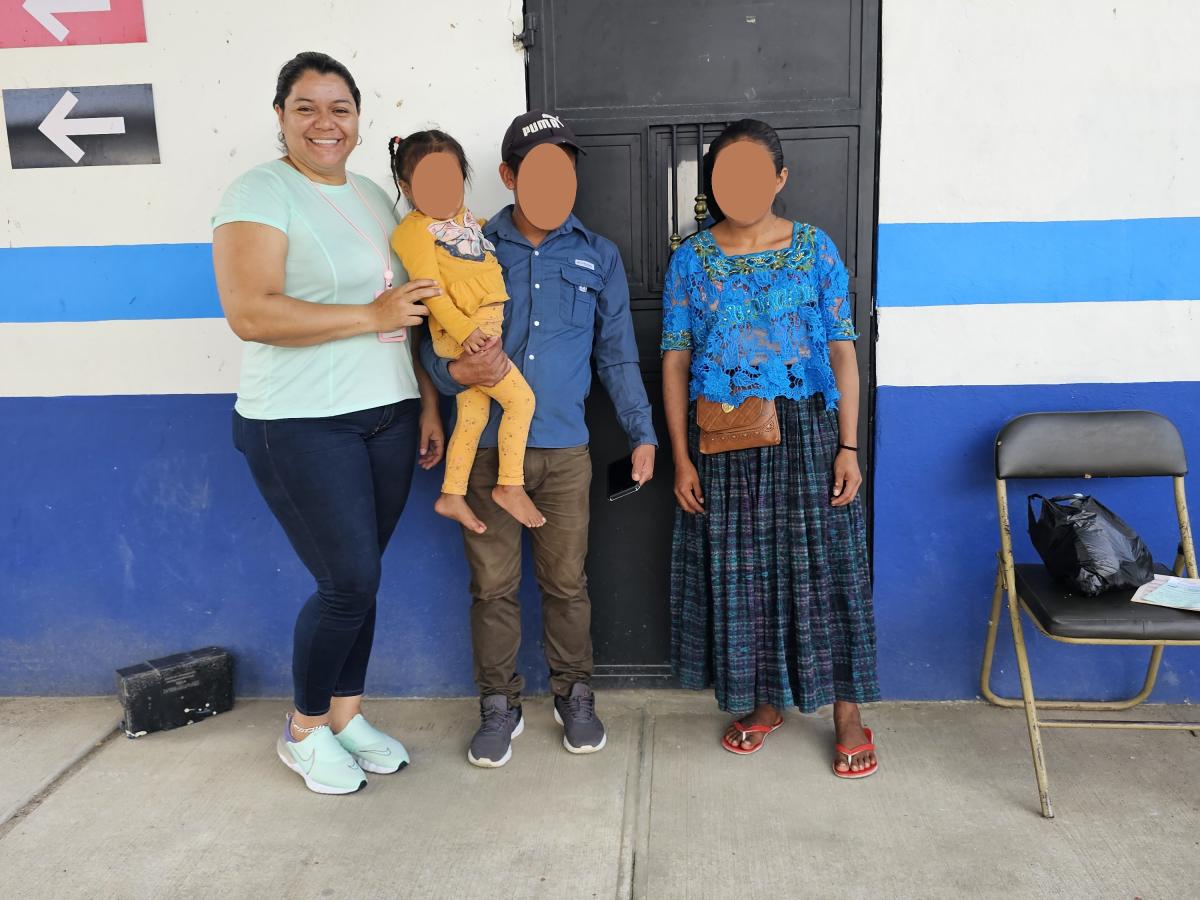
Meet Daniel Chu, a family man facing a medical crisis in remote Guatemala
Daniel had been feeling unwell for a long time, suffering from fatigue, headaches, and nausea. The nearest doctor, however, was in El Estor, a 42 kilometer journey that he’d need to do on foot due to a lack of public transportation.
When he came across a local health campaign being organized in his local village of Chichipate, he seized upon the opportunity for medical attention. It was then that a simple blood test revealed his diagnosis; he was HIV positive. Remembering that his daughter had been experiencing similar symptoms, including fever, cough, and diarrhea, he realized he needed to get his wife and daughter tested as well.
Daniel and his family knew they needed help, so they decided to make the nearly 8 hour trip to El Estor. However, once they got there accessing HIV services proved challenging, particularly due to language and cultural barriers. None of the staff spoke their local language of Q'eqchi' and even if they had, they would have discovered that the language lacks clear terminology for the virus, leaving Daniel to describe it as "es eso" (it's that).
Primary TextI appreciate all the attention for me and my family. We felt like we were in a familiar environment, and they attended to us in our Q'eqchi language, which facilitated understanding”, Daniel expressed.
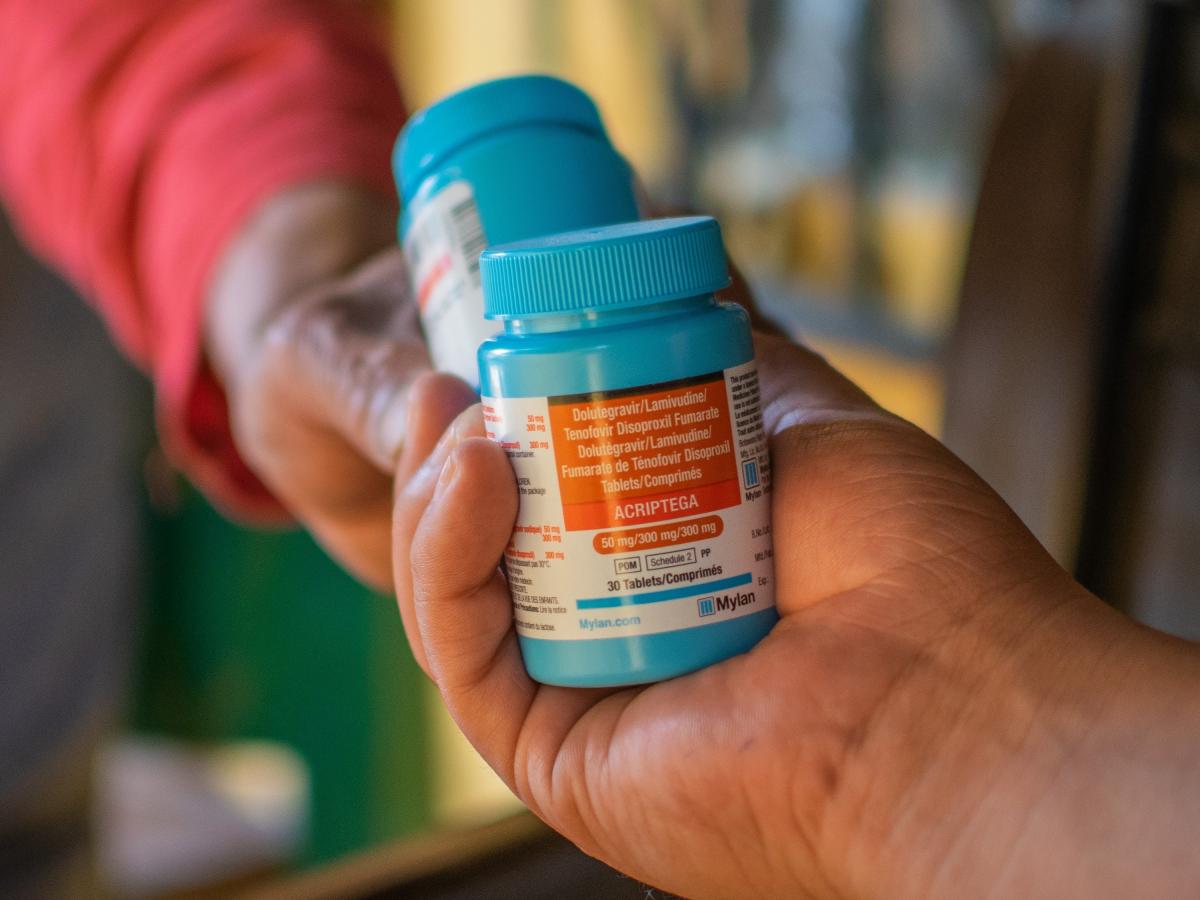
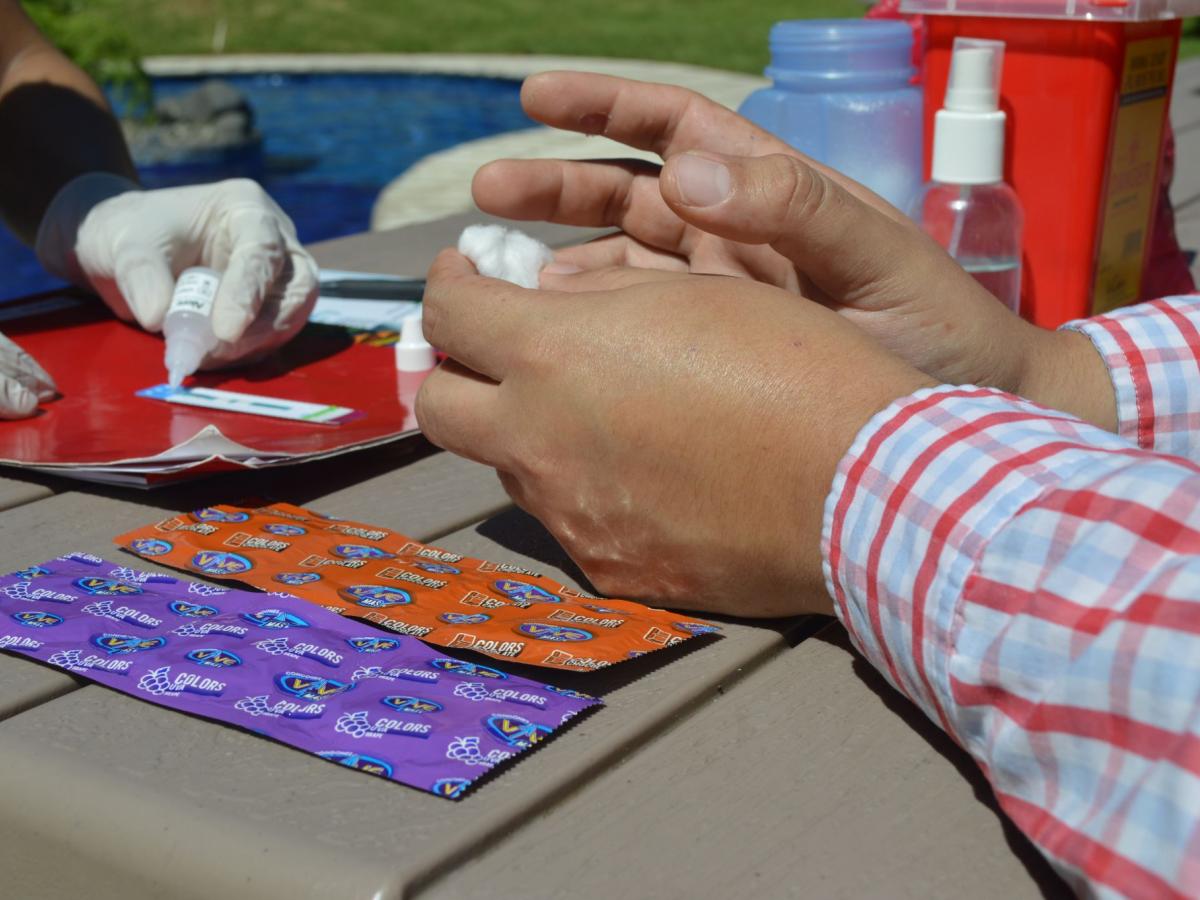
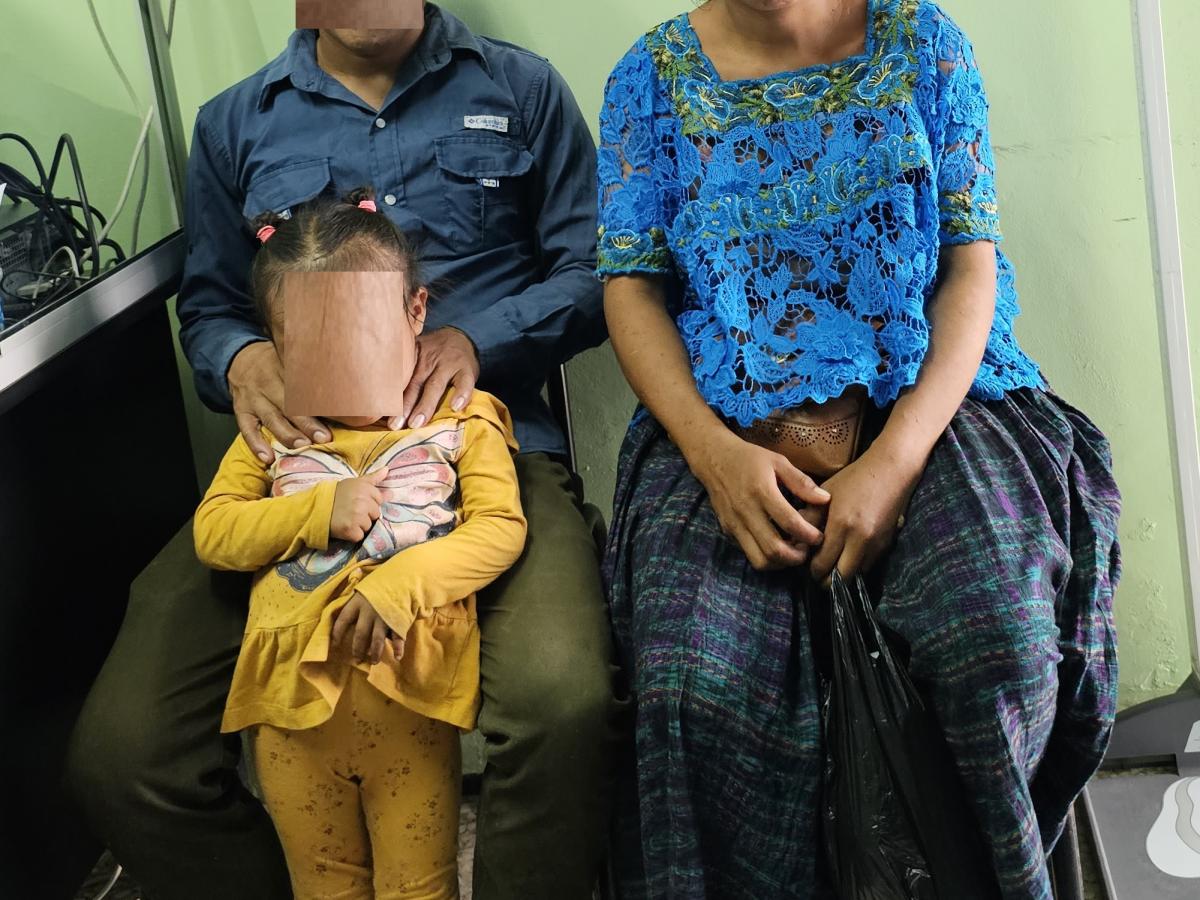
Such challenges often lead indigenous communities to rely on traditional Maya healers who share their language and worldview. Ultimately a nurse from Daniel’s village, acting as a phone translator, delivered heart-wrenching news: the entire family was burdened with HIV.
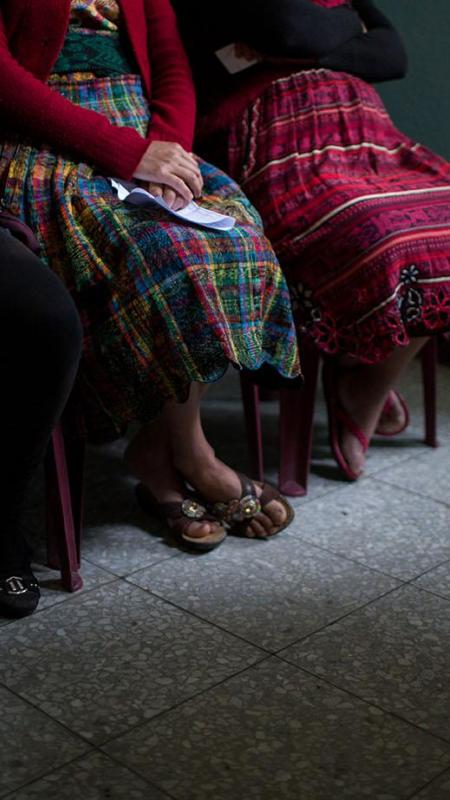
Concerns over treatment costs and the impact on Daniel's daily earnings intensified. As the family's sole provider, any inability to work would have severe consequences. Their remote location and the costly 160-kilometer journey to Puerto Barrios, where treatment was available, made any hope of care seem impossible.
A turning point occurred when the Health Center referred the family to the Comprehensive HIV/AIDS Care Unit at the Japan-Guatemala Friendship Hospital in Puerto Barrios. Supported by the USAID HIV Care and Treatment Project and IntraHealth, the project, in collaboration with a local program educator, covered transportation, accommodation, and meals, ensuring the family could access life-saving treatment.
At the Pediatric Hospital, Gaby received specialized care, and at the Comprehensive Care Unit, culturally sensitive, non-discriminatory support became the cornerstone of the family's journey. Gaby's parents didn’t want to leave her side, but once her health stabilized, her parents were transferred to the HIV/AIDS Comprehensive Care Unit. They received differentiated treatment, eliminating the need for monthly travel. Medications for several months were supplied, ensuring treatment adherence and sustainability.
In Guatemala, not all people with HIV are getting the treatment they need. That’s why USAID’s HIV Care and Treatment Project supports the Ministry of Public Health and Social Assistance and civil society to ensure that all people living with HIV, like the Chus, receive the necessary treatment and achieve viral suppression.
The project's goal is to find 95% of all HIV-positive individuals, provide medication for 95% of them, and make sure 95% of those treated have the virus under control by 2030. Healthcare is a fundamental human right, and USAID is committed to making HIV treatment accessible to all.
Up to this point, the Chu family continues to adhere to treatment, and they will be closely monitored to ensure they don't miss a single appointment, including support with travel costs to the CCU, and to achieve an undetectable viral load. The health of all three family members continues to improve.
About This Story
Written by: Zeina Hijazi Dubray, Creative Director for USAID/Guatemala
Under the US President's Emergency Plan for AIDS Relief (PEPFAR) and in coordination with other US government agencies, the USAID HIV Care and Treatment Project, implemented by IntraHealth International, supports the Ministries of Health/Secretary of Health/Social Security, of Central America to strengthen initiatives for the prevention and treatment of the HIV/AIDS epidemic in the region. The USAID HIV Care and Treatment Project works to reduce HIV/AIDS. It focuses on supporting HIV services to ensure that all people with the virus know their diagnosis, have early and optimal access to antiretroviral treatment, and achieve viral suppression through quality services free from stigma and discrimination.

